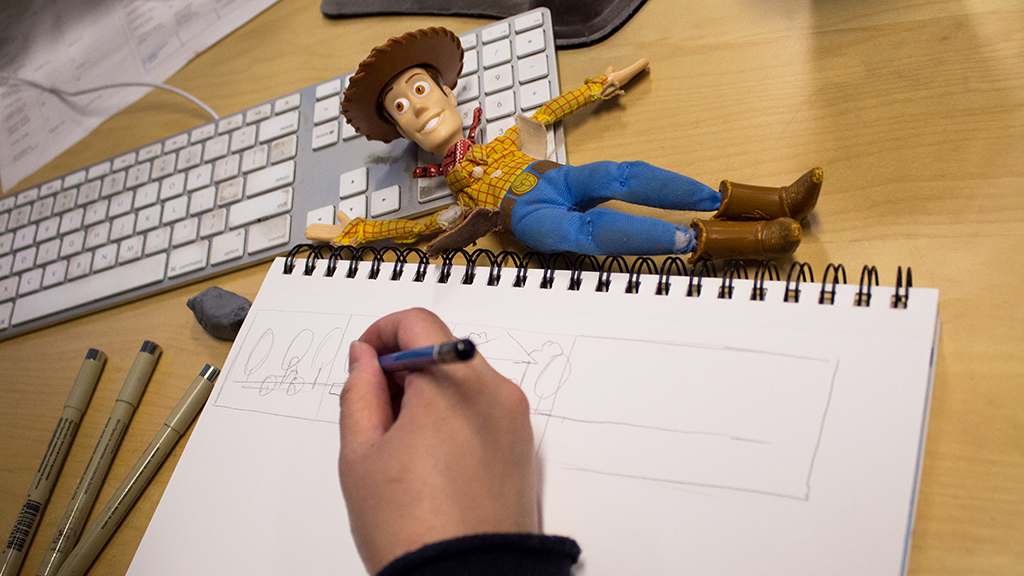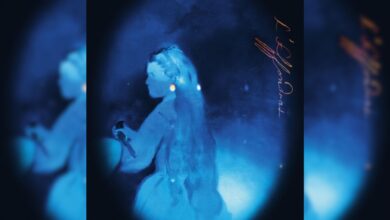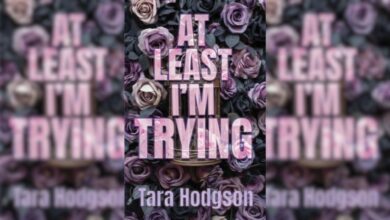Traditional Animation: A Disrespected Old Friend
 Christina Varvis
Christina VarvisIt would seem odd if someone told an artist that they should stop doing something because it is was no longer “in style.” Unfortunately, this seems to be the message when it comes to hand-drawn animation. While it still exists substantially enough on television, its presence on film screens has dwindled almost completely. This signals that the major film animation studios have dolefully turned their backs on not only an important art form, but an art form that gave them success in the first place.
It has now been six years since the last full-length, traditionally animated film. Disney released from Princess and the Frog — the first hand-drawn film to be released by the studio in more than five years. Twelve years have passed since DreamWorks released Sinbad: Legend of the Seven Seas as their last outing in hand-drawn territory. But what explains this reality of studios abandoning cartoon animation (with the exception of Studio Ghibli in Japan)?
One reason could be increasing costs of producing traditionally animated works. But for these multibillion-dollar companies (especially Disney, which has revenue from their parks and other streams) this can’t be a legitimate reason. If anything, this argument could have been made in the years when animation was still up-and-coming, but we have all seen the immense appeal animated cartoons have from children to the elderly. Disney and others have the money and that is why this decision to move away from drawn animation is truly inexplicable and shameful.
Animation is healthy and extremely profitable with recent hits such as Frozen and How to Train Your Dragon. But Disney and DreamWorks seem to have for-gotten that their great triumph in animation was built upon the simple use of paper and pencil. In Disney’s case, it’s particularly saddening to know that a company established on hand-drawn animation and that produced so many classic in that style would cast aside this important artistic process. Walt Disney was a visionary who always looked for the next great advancement. He would be proud of the newfound wonders computer animation, but not at the expense of 2-D animation. Embracing the future does not mean neglecting and ignoring the past.
Influential figures such as Don Bluth, John Musker and Ron Clements, the men behind The Land Before Time and Aladdin respectively, are basically being told that their talents are no longer needed. Should these people be relegated to the dustbins of film history because we don’t “need” their contributions anymore? This is like telling an artist not to use pastels anymore because watercolours are the only acceptable form. Likewise, these animation studios are saying that because these animators do not work with computers they are no longer fit to work and produce films. Some 150 employees were laid off from Disney after the decision to permanantly focus on computer animation was made. But while it’s easy to point all the blame on the studios, we must look at ourselves — our failure to defend the hand-drawn medium and its animators has led studios to believe that drawing films belongs in the past.
Computer animation is a wonderful advancement and enjoyed by audiences. Companies like Pixar should be proud of their contributions, but perhaps they should be more ashamed of their role in the eradication of the joy that is hand-drawn animation. We still enjoy and praise classics like Beauty and the Beast today even though we know it comes from a different era, so why eliminate future films in that style?
Hand-drawn animation is in-deed a symbol of a particular time and deserves to be respected and maintained. Nobody questions the impact of computer animation, but why do we think it’s OK to let a vibrant form of expression like 2-D animation wither? Ultimately, hand-drawn animation will never die as long as there are creative and imaginative filmakers, but the low it has reached in the Western film market is a sad indication of the respect we have for our past.
As the saying goes, “you don’t know what you have until it’s gone.” We may regretfully be closer than ever to a cinema where hand-drawn animation will exist only in the past tense, but will anyone still care?





I agree with a lot of the underlying sentiment here, but it’s important to be accurate and to take a broader view when considering the state of the medium. The shift away from 2D feature films is largely about what’s gone on at the major studios of the U.S. animation industry, and this article speaks as though outside of America and Japan there’s little to nothing of note going on. In fact nothing could be further from the truth, as a variety of animated works have been made and are being made in Europe and in other parts of the world. The works of Cartoon Saloon in Ireland (The Secret of Kells, Song of the Sea) and the output of French artists Sylvain Chomet and Michel Ocelot are just the tip of the iceberg (https://www.animationeurope.com/ is not a bad starting point for research into this, & Catsuka is a great French-language site). The distributor GKids is doing good work bringing a fair number of diverse titles from abroad to the U.S.
This is all too easy to overlook because so little of this content makes it to America but it’s worth knowing about and acknowledging, particularly since this reality makes the point of this thing even better. When there’s space for this level of creativity abroad with a lot less money involved, why shouldn’t the major studios try to do more and be more experimental outside of the occasional shorts, as good as the likes of Paperman and Feast are?
Finally, credit where it’s due, Clements and Musker are far from discarded at Disney. They might not be doing a 2D project but they are developing the studio’s 2016 Moana, which for my money looks like the most promising upcoming film on their slate that we know about.
I am so glad somebody shares my views about hand-drawn animation. There is a great and substantial warmth in it that is heavily absent in CGI, positive reviews of this work to the contrary. Unfortunately, hand -drawn animation lacks the kind of social and political advocacy that would give it the respect it deserves today. As an animation historian and critic, I hope to fulfill this role if I can in the future.